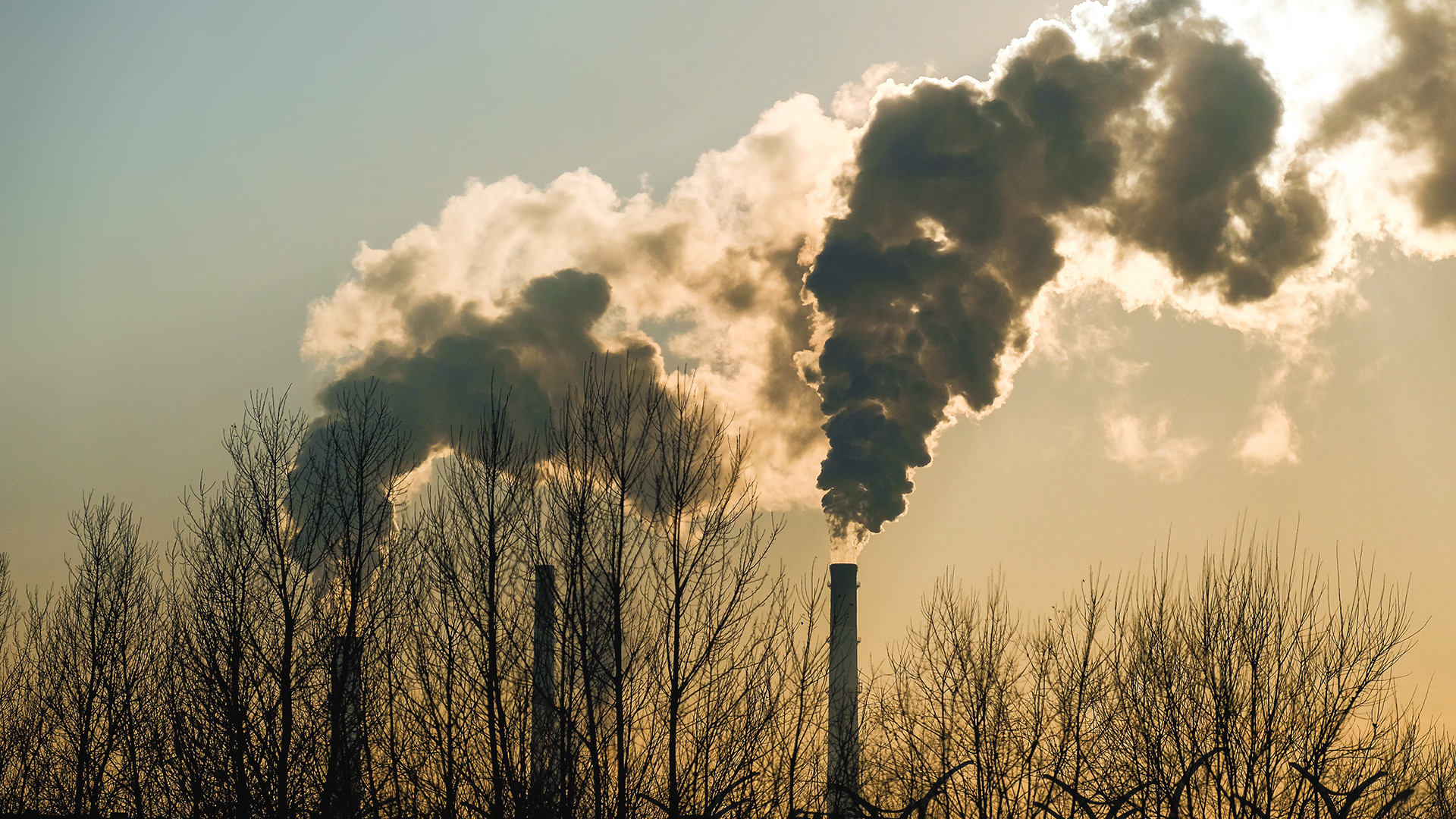If you shut down your business due to the pandemic and therefore are not emitting greenhouse gases (GHGs), can you claim a carbon credit? In Alberta, the answer is “No.”
The voluntary or involuntary closure of businesses to contain COVID-19 has reduced economic activity and GHG emissions. The World Meteorological Organization predicts a 6% drop in CO2 levels this year. In China, emissions fell by 25% over a four-week period at the start of year. In the second half of March, when the lockdowns began, air pollution levels in five of Canada’s largest cities dropped by as much as 15% compared to the same period last year.
Between the COVID-19 crisis and the decline in oil and gas activity, some emitters in Alberta may see their GHG emissions fall below their annual emissions targets for this year. Whether facilities regulated by the Technology Innovation and Emissions Reduction (TIER) Regulation (Regulated Facilities) will be able to earn carbon emission performance credits (EPCs) or whether other businesses not regulated by TIER will be able to create emission offset credits based on lower GHG emissions due to COVID-19 poses an interesting question.
Technology Innovation and Emissions Reduction regulation
TIER replaced the Carbon Competitiveness Incentive Regulation on January 1 and requires Regulated Facilities to meet prescribed GHG emission reduction targets. Regulated Facilities are facilities that emitted 100,000 tonnes or more of carbon dioxide equivalent (CO2e) in 2016 or any subsequent year.
However, a facility that emits less than 100,000 tonnes CO2e per year may apply to opt-in to the TIER if, (a) it competes with a Regulated Facility or (b) it is in a emissions-intensive and trade-exposed sector and emits 10,000 tonnes CO2e or more in 2017 or any subsequent year or is likely to emit 10,000 tonnes CO2e or more in its third year of commercial operation.
Except for Regulated Facilities in the electricity sector, the emission reduction target for each Regulated Facility is typically set based on the less stringent of: (a) a facility-specific benchmark that requires the facility to reduce its GHG emissions by 10 per cent relative to its historical average emissions intensity or (b) a product-specific benchmark that requires facilities producing a particular product to reduce their GHG emissions by the average emissions intensity of the most emissions-efficient producers of that product for certain reference years.
TIER provides four ways for facilities to comply with their emission reduction targets, two of which are using EPCs and Alberta-based offset credits.
Emission performance credits
EPCs are generated when a Regulated Facility’s emissions in a year are below its prescribed annual GHG emission target. TIER uses intensity-based targets measured by the GHG emissions released in producing a unit of a product, such as the emissions per barrel of oil or megawatt of electricity.
This is different from absolute targets, which are based on the reduction of GHG emissions by a set amount, such as a 10 per cent reduction of GHG emissions from a facility by the end of a given period. As TIER uses intensity-based targets, the reduction in a Regulated Facility’s total annual CO2e production due to COVID-19 would not bring the facility’s emissions below the TIER-regulated target on a per-unit-of-production basis. A facility will need to lower its emissions below its target for each unit of production (i.e., improve its GHG emissions efficiency) to be entitled to claim an EPC.
Accordingly, any COVID-19-related shutdown or reduction in production only reduces the facility’s total production in absolute terms, but does not affect the facility’s emissions efficiency or intensity, making it unlikely the facility would be entitled to claim EPCs under TIER.
Emission offset credits
Emission offset credits under TIER are tradeable units generated from approved emission offset projects that are quantified using Alberta government quantification protocols. A quantification protocol outlines approved methods and processes for calculating emission reductions from specific types of qualifying projects. For example, the quantification protocol for wind-powered electricity generation outlines how a wind power project operator can quantify and create GHG emission offsets resulting from its wind farm.
For an offset credit to be useable by a Regulated Facility to meet its compliance obligation, the GHG emission reductions giving rise to the offset credit must be approved by an independent third-party assurance provider who validates the emission reductions and methodology used. To be verified and validated, an offset credit must: (1) result from a voluntary action that is not otherwise required by law, (2) be real and demonstrable, i.e., it must result in a net reduction in GHG emissions, (3) be quantifiable and measurable, using replicable techniques, and (4) not have an effect on the determination of the facility’s total regulated emissions.
A COVID-19-related shutdown will reduce the total offset credits that can be created, but the shutdown or slowdown itself will not create offset credits.


